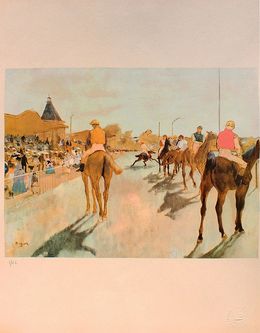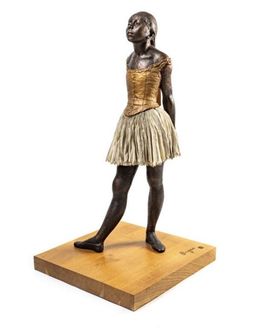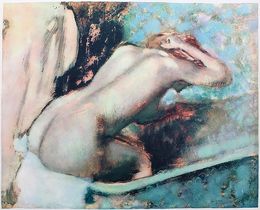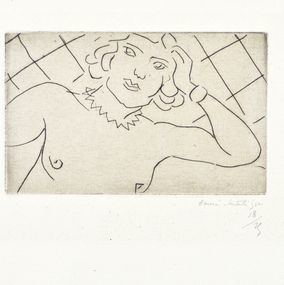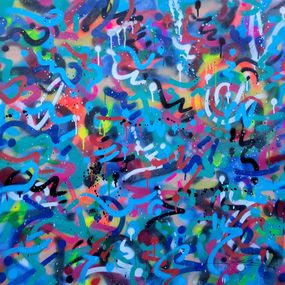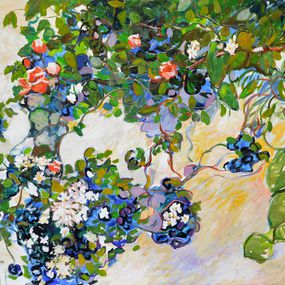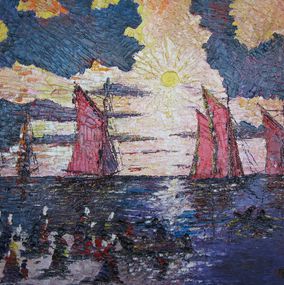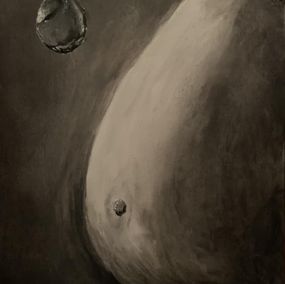
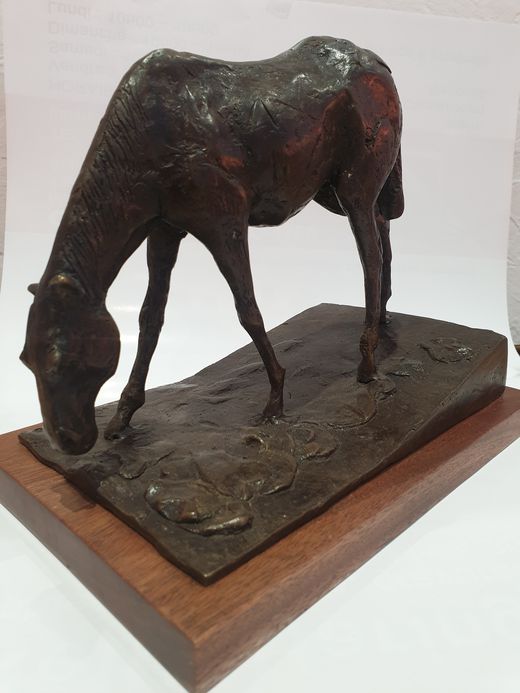
A painter is just an aged maker of crusts.
Biography
Edgar Degas, born in 1834 in Paris and died in 1917. He dedicated his days to drawing and learned a lot from great painters, who decorate the walls of the Louvre. This fervor led him to become a copyist in the museum. His drawing strokes were inspired by Dürer, Goya or even Rembrandt, before the artist joined Ecole des Beaux-Arts.
With Monet, Cézanne and Renoir, he participated in changing the world or art with the impressionist movement. Together, they went against academicism. His paintings and themes evolved. Degas took a genuine interest in everyday individuals, women providing special care to young Opera dancers.
He captured body movements, and due to this, sculpture became essential to his art. It was a way to experiment before painting, a way to stabilize an attitude.
The sculptures he created from 1878 until 1910 were in wax or composite materials. In 1917, when the artist died, 152 waxed sculptures were found in his Parisian studio, sometimes in a bad state. Of all his wax models, 74 sculptures were in bronze. A first edition of 22 items were given to the Hébrard foundry in 1920. Another edition was for the Valsuani foundry in 1998. In order to retain truth, the existing imperfections on the wax were preserved on the bronzed ones: cracks, truncated elements like an arm, a leg, a horse's leg....
We offer you the second edition here: the edition is limited to 29 copies for each topic: 20 copies lettered from A to T and 9 examples are numbered from I/IX to IX/IX. The Degas Committee, made up of heirs of the artist and owner of moral law acknowledge the authenticity. Each sculpture is accompanied with a certificate of authenticity issued by the Degas Committee.
Degas's work is part of many important museums today: Musée d'Orsay in Paris, Tate Gallery in London, the Metropolitan Museum of Art in New York, Museo Soumaya in Mexico City...
Nationality
Categories
Artistic movements
Themes





